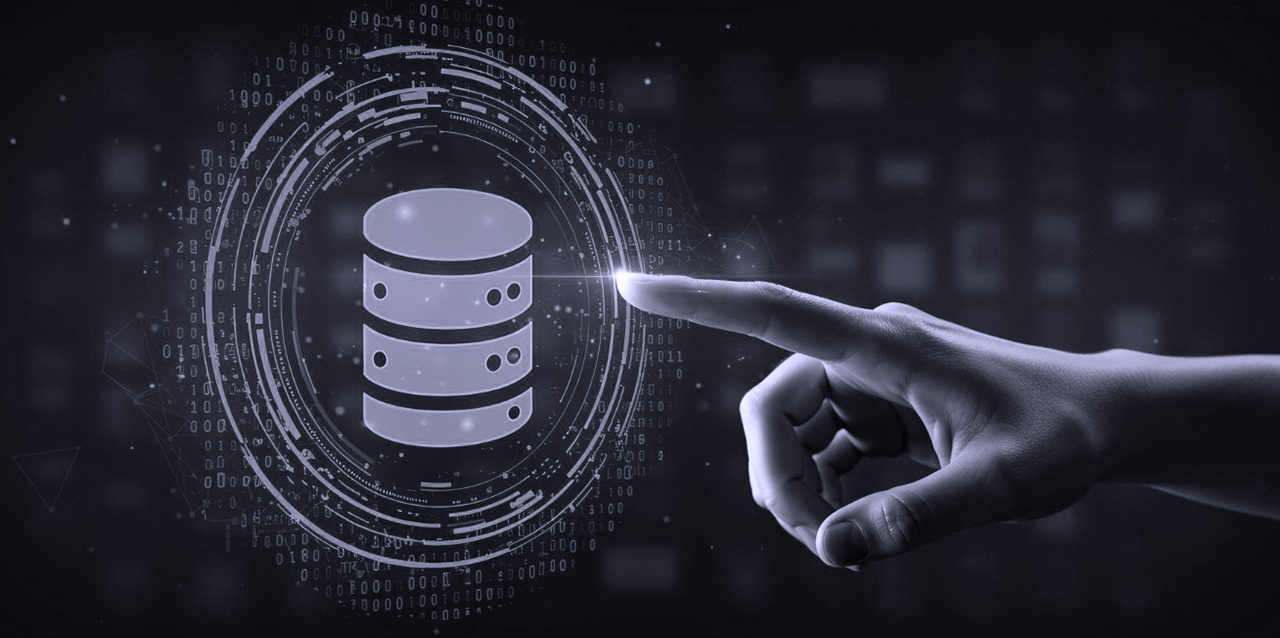#DataMasking #TestDataManagement #AICompliance #ResponsibleAI #DataProtection #MageData
Reimagining Test Data: Secure-by-Design Database Virtualization
Blogs - BFSIBlogs - Data SecurityBlogs - DBVBlogs - DPDPABlogs - Enterprise ReadinessBlogs - GDPRBlogs - HIPAABlogs - PCI-DSSBlogs - PDPLBlogs - SAP ProtectionBlogs - Sensitive Data Identification & GovernanceBlogs - TDMBlogs - Test Data Protection and DeliveryBlogs – Access GovernanceBlogs – Data CatalogBlogs – Data ClassificationBlogs – Data LineageBlogs – Database FirewallBlogs – DDMBlogs – Intelligent SubsettingBlogs – Privacy Enhancing TechniquesBlogs – SDDBlogs – SDM
Building Trust in AI: Strengthening Data Protection with Mage Data
#DataMasking #TestDataManagement #AICompliance #ResponsibleAI #DataProtection #MageData
Blogs - BFSIBlogs - Data SecurityBlogs - DPDPABlogs - Enterprise ReadinessBlogs - GDPRBlogs - HIPAABlogs - PCI-DSSBlogs - PDPLBlogs - SAP ProtectionBlogs - Sensitive Data Identification & GovernanceBlogs - TDMBlogs - Test Data Protection and DeliveryBlogs – Access GovernanceBlogs – Data CatalogBlogs – Data ClassificationBlogs – Data LineageBlogs – Database FirewallBlogs – DDMBlogs – Intelligent SubsettingBlogs – Privacy Enhancing TechniquesBlogs – SDDBlogs – SDM
TDM 2.0 vs. TDM 1.0: What’s Changed?
#DataMasking #TestDataManagement #SecureTDM #NonProductionSecurity #MageData
Why is Referential Integrity Important in Test Data Management?
#DataMasking #TestDataManagement #ReferentialIntegrity #DataIntegrity #MageData
6 Common Data Anonymization Mistakes Businesses Make Every Day
#DataMasking #TestDataManagement #PrivacyRiskManagement #DataAnonymizationMistakes #MageData
5 Common Mistakes Organizations Make During Data Obfuscation
#DataMasking #TestDataManagement #SensitiveDataHandling #DataSecurityAwareness #MageData
Reidentification Risk of Masked Datasets: Part 2
#DataMasking #TestDataManagement #ReidentificationRisk #MaskedDataSecurity #MageData
Reidentification Risk of Masked Datasets: Part 1
#DataMasking #TestDataManagement #ReidentificationRisk #PrivacyByDesign #MageData
Differences between Anonymization and Pseudonymization
#DataMasking #TestDataManagement #DataAnonymization #AnonymizationVsPseudonymization #MageData









